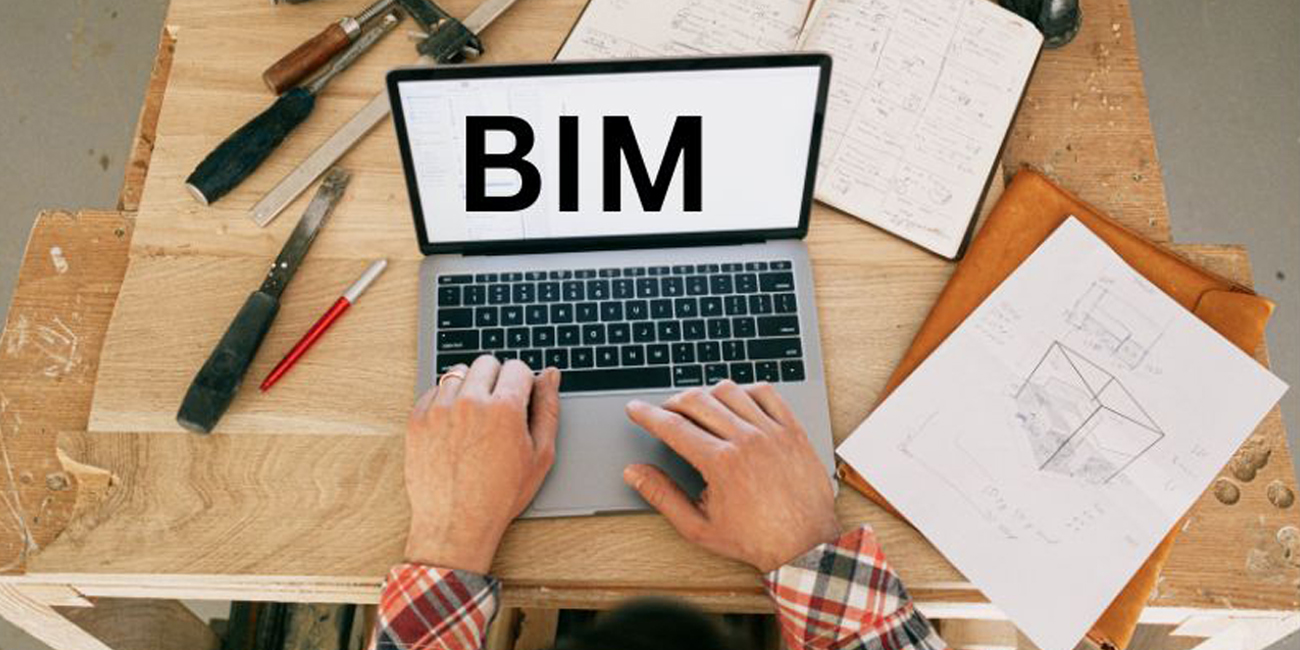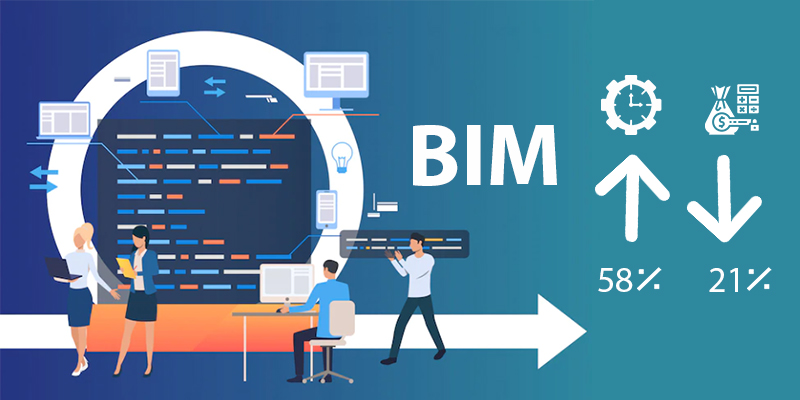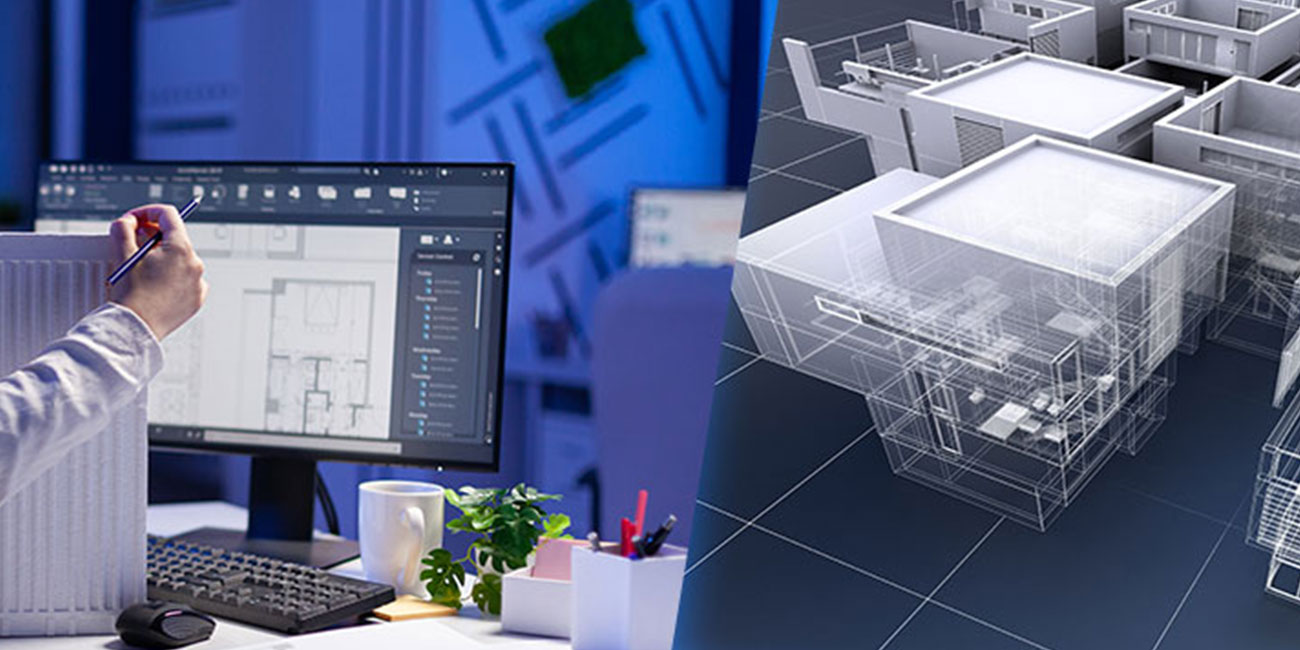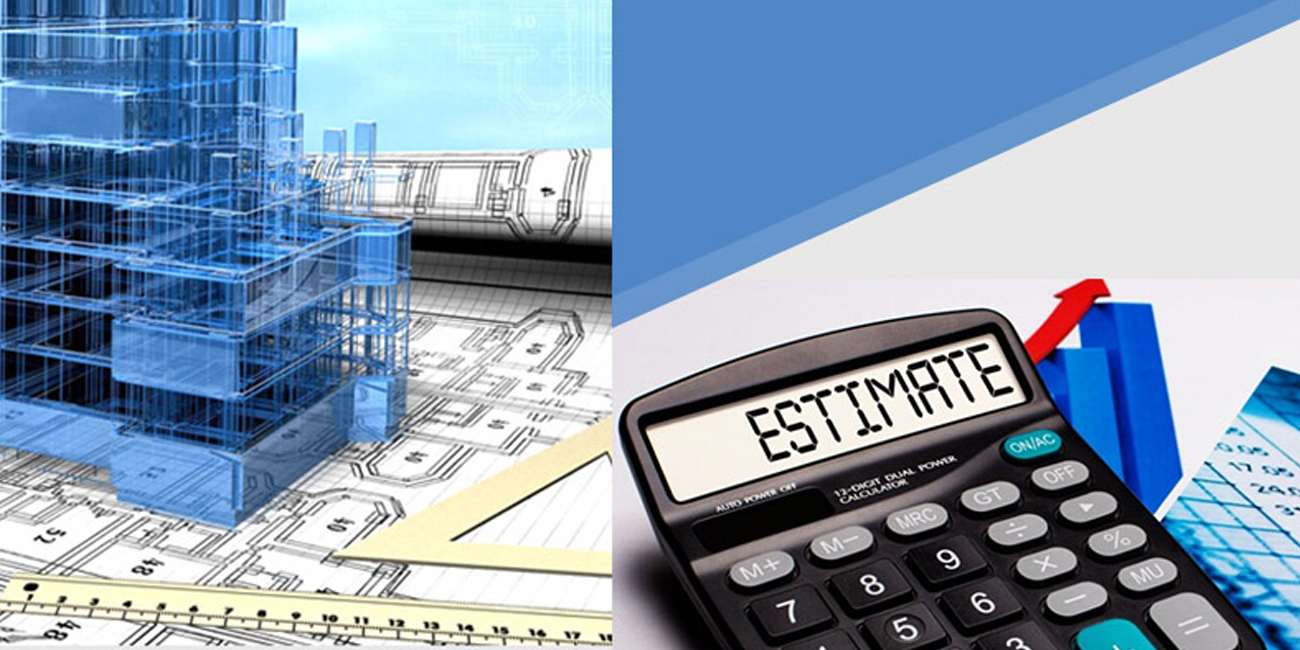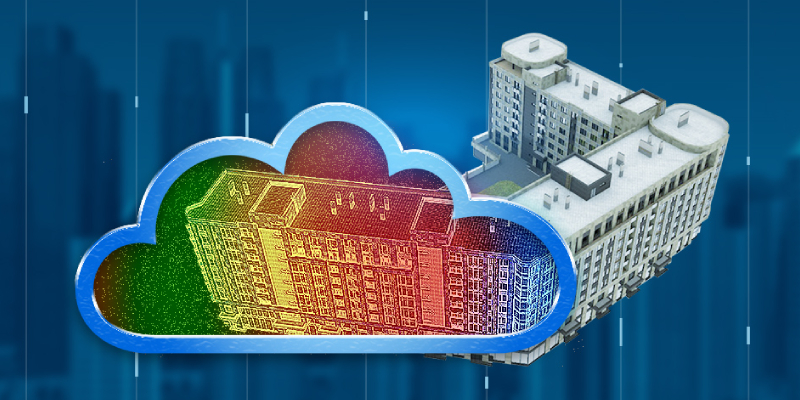
BIM technology has constantly evolved over the last 20 years, since the year of its inception. The market size is also increasing at a fast pace. According to a study, it is about to reach USD 8.8 billion in 2025 from 4.5 billion in 2020, at a CAGR of 14.5%. The exponential impact and reduction in project management hassles have made BIM widely recognized and accepted by architectural, structural, and MEP segments of the construction industry.
The development of Scan to BIM has replaced manual surveys, facile the communication of design and construction information, and reduced dependency on 2D images and illustrations. The technology helps in laser scanning an area and converting it into a precise as-built 3D model. The application of point cloud to BIM is for architectural, MEP, and structural design planning, design verification, design evaluation, MEP coordination, as-built drawings, remodeling, renovation, and more.
eLogicTech Solutions holds expertise in Point Cloud to BIM technology and its application in Architectural, Structural, and MEP services. We convert point cloud data into parametric models for all LODs, helping clients in design visualization, retrofitting, and structural modification.
Scan to BIM Application in Architectural, Structural, and MEP
The process of Scan to BIM captures the building, landscape, or site data with laser scanners in the form of high-density point clouds. It is a raw data representation converted to point cloud mesh using 3D solid modeling programs such as Revit.
All the components are modeled as individual Revit elements, and a precise 3D model is developed. The technology is used across various disciplines by architects, engineers, and technicians.
Architectural Scan to BIM
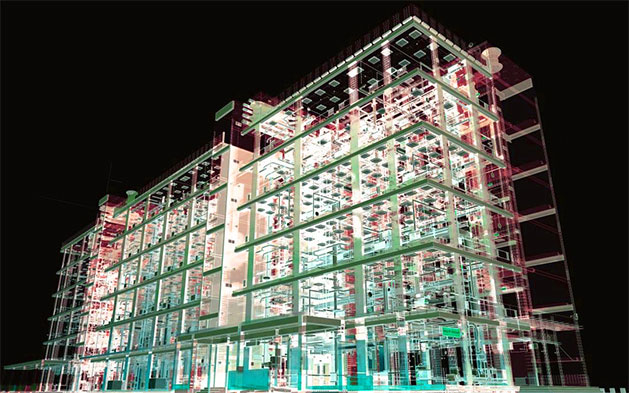
Architectural Scan to BIM helps create precise and detailed architectural 3D models for the building’s interiors, exteriors, and site design from scanned point cloud data. It is also required for renovation and retrofitting projects. Laser scanners can scan a large area with ease and safety without even the need for site visits for design elaboration and modification designs.
Point clouds get converted into a precise and comprehensive as-built model with accurate dimensions. The developed architectural models help in new design proposals after renovation.
Structural Scan to BIM
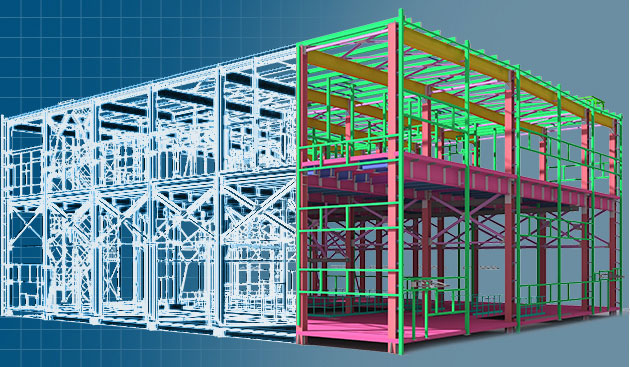
With laser scanners, the entire structure of a building can be scanned in detail - its structural elements and its placement. It can capture structural components, such as columns, beams, foundation blocks, framing, annotations, truss, composite, connections, and steel design. It gets captured in detail to visualize and understand the current structure of a building or project.
The developed BIM structural model gives an in-depth analysis of the present structure, and any new changes in the model are easy to determine with it. Structural scan to BIM services requires inputs from structural engineers to make any possible changes in the existing structure.
MEP – Point Cloud to BIM
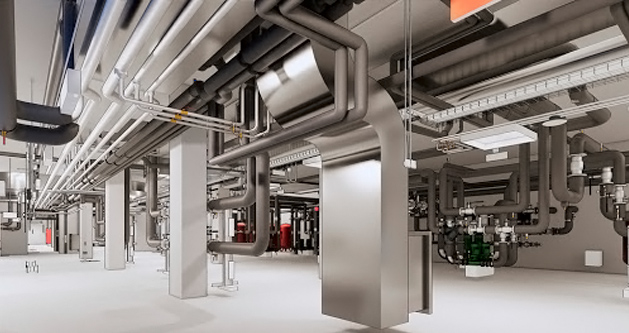
MEP coordination plays a crucial role in the proper functioning of a building. Old Buildings usually face plumbing and drainage issues. The damage of electrical, mechanical, and plumbing units in buildings requires repair.
MEP Point cloud to BIM helps to locate the specific position and coordination among the MEP elements. The created 3D models of the MEP system from point clouds help to analyze the current situation and propose changes. These as-built models are helpful throughout the project lifecycle for maintenance, reconstruction, and clash-detection purposes.
Industries That Benefit from Point Cloud to BIM Modeling
Reality capture and point cloud technology have gradually replaced the traditional manual surveying methods used across industries. Businesses are adopting the point cloud to BIM technology to gain a competitive advantage.
With lesser financial restrictions, accessibility, and numerous possibilities such as enhanced communication and collaboration, better decision making, detailed information, cost, and time benefits, the technology is gaining momentum.
Here is the list of industries benefitting from Point Cloud from BIM modeling.
Construction Industry
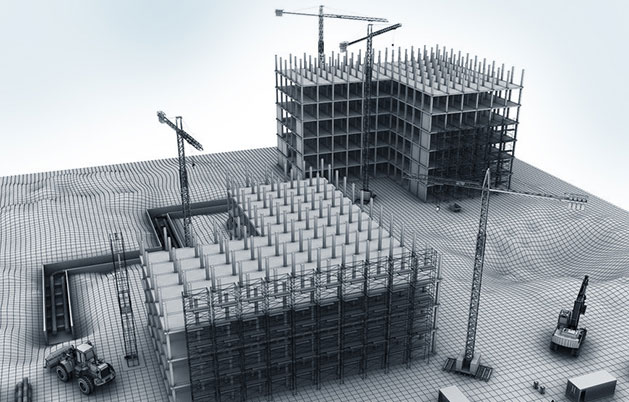
Construction firms are widely using the Scan to BIM technology for renovating and retrofitting an old building structure. The inbuilt design developed from the scanned data gives accurate and precise information for reference, helping make necessary changes.
Reconstructing an old structure is convenient with Scan to BIM as it captures the exact detail of the old building. Also, repeated visits to the site by the planning team reduce.
Design visualization is easy with point cloud technology when the expansion of an old structure gets planned.
Also, Scan to BIM application in construction projects throughout their life cycle work ensures optimum quality and accuracy of data. And work progresses as planned with safety, bringing cost and time benefits.
Manufacturing Industry
The intelligent designs created using point cloud scans play an important role in the manufacturing industry. It helps to test their ideas virtually and create bespoke designs before manufacturing.
In product manufacturing, 3D modeling brings IT, engineering, and product design together. Therefore, optimizing the manufacturing process. Scanned data gives transparency and level of detail and boosts collaborative communication between various departments.
In-Plant engineering, Scan to BIM helps in the maintenance of plants with the as-built designs. It helps in expanding, upgrading, revamping, or scaling up existing plants.
The scanned data also get used for equipment modeling and the creation of catalogs as per industry standards.
City Planning and Civil Engineering
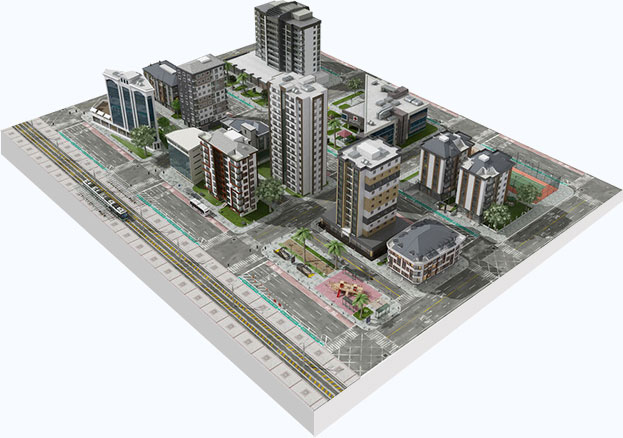
For city planners and civil engineers, Scan to BIM helps map a city and convert even the complex physical spaces into a digital format. Scan to BIM helps meet the challenges of improved registration and processing.
The rise in demand for smart cities, the complexity of projects, sustainability, economic development, life quality of workers and residents is increasing the adoption of point cloud technology. Ability to capture reality, render drawings and models is helping the city planners in the strategic positioning of buildings, pathways, and crucial elements.
Digital Design
Scan to BIM develops a 3D digital design that helps to compare it with physical spaces giving more flexibility, accuracy, and flexibility with real-time changes. Architects, CAM specialists, game designers can replicate real-world scenarios in the virtual platform. Also, the introduction of VR and AR technology is leading to greater accuracy in the final product design.
Challenges in Scan to BIM Modeling and Expert Advice
The transformation of point cloud data to an intelligent 3D model is challenging and one of the trickiest tasks to perform. Several challenges encountered in the Scan to BIM process and expert advice to handle them are listed below.
Convert Point cloud into manageable chunks
The scanned Point cloud is data-heavy, and managing it is a difficult task. It must be separated into manageable chunks to enable efficient modeling in BIM authoring tools like Revit. For example, point cloud data must be separate in the interior, exteriors, first floor, etc., to manage efficiently.
Agreed Level of Detail
Converting scanned data into a 3D model is a collaborative and communicative process. An open and frequent dialogue with the client is essential to reach an agreed level of detail.
Most BIM tools support the design of new buildings
Most of the BIM tools targets designing new buildings. The use of Revit for existing structures is not easy, and BIM tools mostly like straight lines.
BIM models need new technologies
The highly detailed BIM models require new technologies to simplify the process. Algorithmic-based modeling tools can operate within BIM authorizing tools and software. And we can use it for automated feature extraction, item identification, and transforming them into 3D models.
Point cloud to BIM model: An Art rather than a Science
Creating a BIM model from point clouds is more of a manual process. It’s an art rather than a science.
Contact eLogicTech for Professional Point Cloud to BIM Modeling Services
Scan to BIM technology has taken a significant leap in the last few years because of its immense potential and usage. As a result, more than 45% percent of the AEC Industry is investing in the precise and agile Point Cloud to BIM technology.
With a vast BIM service portfolio, eLogicTech has extensive experience in turning the laser-scanned point cloud data into visualized 3D BIM models. Our highly skilled BIM professionals have clarity over vivid industry requirements around the objectives and BIM model LODs. We strictly adhere to global standards and practices and use advanced tools like Autodesk Revit to deliver nothing but the best. Feel free to connect us and get a wide range of Scan to BIM services.
Stay up to date.
Sign up our newsletter for latest article and news.






